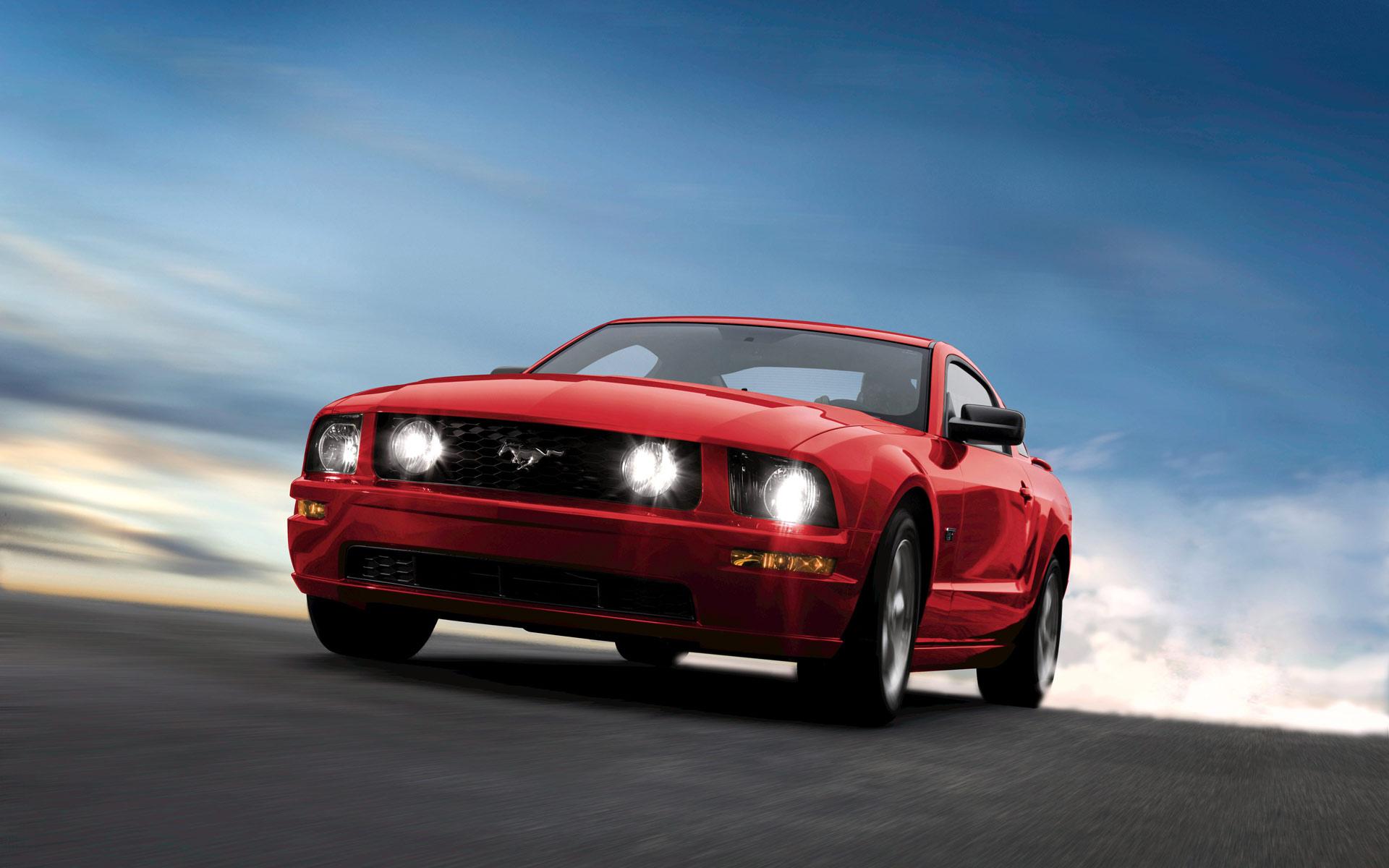
Cars And Girls Wallpaper Free Wallpaper Pics Pictures Hd for Desktop Iphone Mobile HD 1080p

Cars And Girls Wallpaper Free Wallpaper Pics Pictures Hd for Desktop Iphone Mobile HD 1080p
Cars And Girls Wallpaper Free Wallpaper Pics Pictures Hd for Desktop Iphone Mobile HD 1080p

An automobile, autocar, motor car or car is a wheeled motor vehicle used for transporting passengers, which also carries its own engine or motor. Most definitions of the term specify that automobiles are designed to run primarily on roads, to have seating for one to eight people, to typically have four wheels, and to be constructed principally for the transport of people rather than goods.
The term motorcar has also been used in the context of electrified rail systems to denote a car which functions as a small locomotive but also provides space for passengers and baggage. These locomotive cars were often used on suburban routes by both interurban and intercity railroad systems.
It was estimated in 2010 that the number of automobiles had risen to over 1 billion vehicles, up from the 500 million of 1986. The numbers are increasing rapidly, especially in China and India.
The word automobile comes, via the French automobile from the Ancient Greek word αὐτός (autós, "self") and the Latin mobilis ("movable"); meaning a vehicle that moves itself. The loanword was first adopted in English by The New York Times in 1899.The alternative name car is believed to originate from the Latin word carrus or carrum ("wheeled vehicle"), or the Middle English word carre ("cart") (from Old North French), in turn these are said to have originated from the Gaulish word karros (a Gallic Chariot).Main article: History of the automobile.
The first working steam-powered vehicle was designed — and most likely built — by Ferdinand Verbiest, a Flemish member of a Jesuit mission in China around 1672. It was a 65 cm-long scale-model toy for the Chinese Emperor, that was unable to carry a driver or a passenger. It is not known if Verbiest's model was ever built.
Nicolas-Joseph Cugnot is widely credited with building the first full-scale, self-propelled mechanical vehicle or automobile in about 1769; he created a steam-powered tricycle.[13] He also constructed two steam tractors for the French Army, one of which is preserved in the French National Conservatory of Arts and Crafts. His inventions were however handicapped by problems with water supply and maintaining steam pressure. In 1801, Richard Trevithick built and demonstrated his Puffing Devil road locomotive, believed by many to be the first demonstration of a steam-powered road vehicle. It was unable to maintain sufficient steam pressure for long periods, and was of little practical use.
In 1807 Nicéphore Niépce and his brother Claude probably created the world's first internal combustion engine which they called a Pyréolophore, but they chose to install it in a boat on the river Saone in France.Coincidentally, in 1807 the Swiss inventor François Isaac de Rivaz designed his own 'de Rivaz internal combustion engine' and used it to develop the world's first vehicle to be powered by such an engine. The Niépces' Pyréolophore was fuelled by a mixture of Lycopodium powder (dried spores of the Lycopodium plant), finely crushed coal dust and resin that were mixed with oil, whereas de Rivaz used a mixture of hydrogen and oxygen. Neither design was very successful, as was the case with others, such as Samuel Brown, Samuel Morey, and Etienne Lenoir with his hippomobile, who each produced vehicles (usually adapted carriages or carts) powered by clumsy internal combustion engines.
In November 1881, French inventor Gustave Trouvé demonstrated a working three-wheeled automobile powered by electricity at the International Exposition of Electricity, Paris.
Karl Benz, the inventor of the modern automobile
Although several other German engineers (including Gottlieb Daimler, Wilhelm Maybach, and Siegfried Marcus) were working on the problem at about the same time, Karl Benz generally is acknowledged as the inventor of the modern automobile.
A photograph of the original Benz Patent-Motorwagen, first built in 1885 and awarded the patent for the
In 1879, Benz was granted a patent for his first engine, which had been designed in 1878. Many of his other inventions made the use of the internal combustion engine feasible for powering a vehicle. His first Motorwagen was built in 1885 in Mannheim, Germany. He was awarded the patent for its invention as of his application on 29 January 1886 (under the auspices of his major company, Benz & Cie., which was founded in 1883). Benz began promotion of the vehicle on 3 July 1886, and about 25 Benz vehicles were sold between 1888 and 1893, when his first four-wheeler was introduced along with a model intended for affordability. They also were powered with four-stroke engines of his own design. Emile Roger of France, already producing Benz engines under license, now added the Benz automobile to his line of products. Because France was more open to the early automobiles, initially more were built and sold in France through Roger than Benz sold in Germany. In August 1888 Bertha Benz, the wife of Karl Benz, undertook the first road trip by car, to prove the road-worthiness of her husband's invention.
Bertha Benz, the first long distance automobile driver in the world
In 1896, Benz designed and patented the first internal-combustion flat engine, called boxermotor. During the last years of the nineteenth century, Benz was the largest automobile company in the world with 572 units produced in 1899 and, because of its size, Benz & Cie., became a joint-stock company.
The first motor car in central Europe and one of the first factory-made cars in the world, was produced by Czech company Nesselsdorfer Wagenbau (later renamed to Tatra) in 1897, the Präsident automobil.
Daimler and Maybach founded Daimler Motoren Gesellschaft (DMG) in Cannstatt in 1890, and sold their first automobile in 1892 under the brand name, Daimler. It was a horse-drawn stagecoach built by another manufacturer, that they retrofitted with an engine of their design. By 1895 about 30 vehicles had been built by Daimler and Maybach, either at the Daimler works or in the Hotel Hermann, where they set up shop after disputes with their backers. Benz, Maybach and the Daimler team seem to have been unaware of each other's early work. They never worked together; by the time of the merger of the two companies, Daimler and Maybach were no longer part of DMG.
Daimler died in 1900 and later that year, Maybach designed an engine named Daimler-Mercedes, that was placed in a specially ordered model built to specifications set by Emil Jellinek. This was a production of a small number of vehicles for Jellinek to race and market in his country. Two years later, in 1902, a new model DMG automobile was produced and the model was named Mercedes after the Maybach engine which generated 35 hp. Maybach quit DMG shortly thereafter and opened a business of his own. Rights to the Daimler brand name were sold to other manufacturers.
Karl Benz proposed co-operation between DMG and Benz & Cie. when economic conditions began to deteriorate in Germany following the First World War, but the directors of DMG refused to consider it initially. Negotiations between the two companies resumed several years later when these conditions worsened and, in 1924 they signed an Agreement of Mutual Interest, valid until the year 2000. Both enterprises standardized design, production, purchasing, and sales and they advertised or marketed their automobile models jointly, although keeping their respective brands. On 28 June 1926, Benz & Cie. and DMG finally merged as the Daimler-Benz company, baptizing all of its automobiles Mercedes Benz, as a brand honoring the most important model of the DMG automobiles, the Maybach design later referred to as the 1902 Mercedes-35 hp, along with the Benz name. Karl Benz remained a member of the board of directors of Daimler-Benz until his death in 1929, and at times, his two sons participated in the management of the company as well.
In 1890, Émile Levassor and Armand Peugeot of France began producing vehicles with Daimler engines, and so laid the foundation of the automobile industry in France.
The first design for an American automobile with a gasoline internal combustion engine was made in 1877 by George Selden of Rochester, New York. Selden applied for a patent for an automobile in 1879, but the patent application expired because the vehicle was never built. After a delay of sixteen years and a series of attachments to his application, on 5 November 1895, Selden was granted a United States patent (U.S. Patent 549,160) for a two-stroke automobile engine, which hindered, more than encouraged, development of automobiles in the United States. His patent was challenged by Henry Ford and others, and overturned in 1911.
In 1893, the first running, gasoline-powered American car was built and road-tested by the Duryea brothers of Springfield, Massachusetts. The first public run of the Duryea Motor Wagon took place on 21 September 1893, on Taylor Street in Metro Center Springfield. To construct the Duryea Motor Wagon, the brothers had purchased a used horse-drawn buggy for $70 and then installed a 4 HP, single cylinder gasoline engine. The car had a friction transmission, spray carburetor, and low tension ignition. It was road-tested again on 10 November, when the The Springfield Republican newspaper made the announcement.This particular car was put into storage in 1894 and stayed there until 1920 when it was rescued by Inglis M. Uppercu and presented to the United States National Museum.
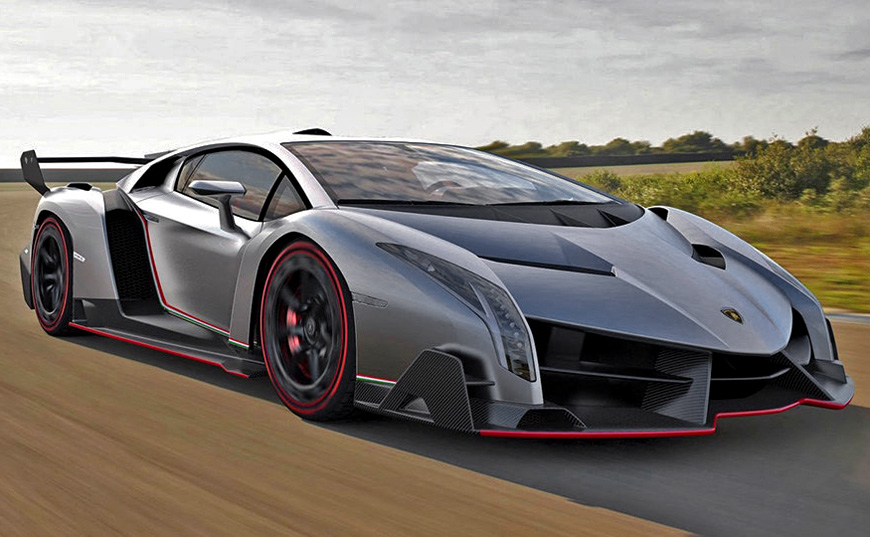



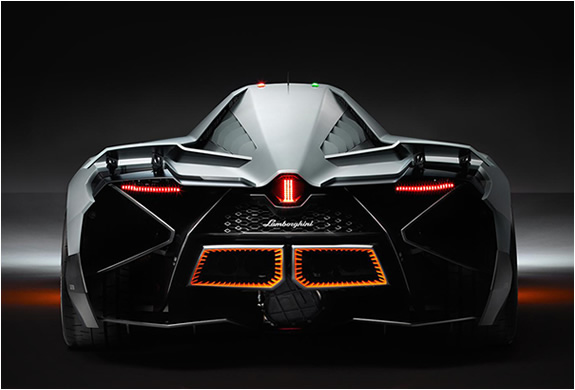





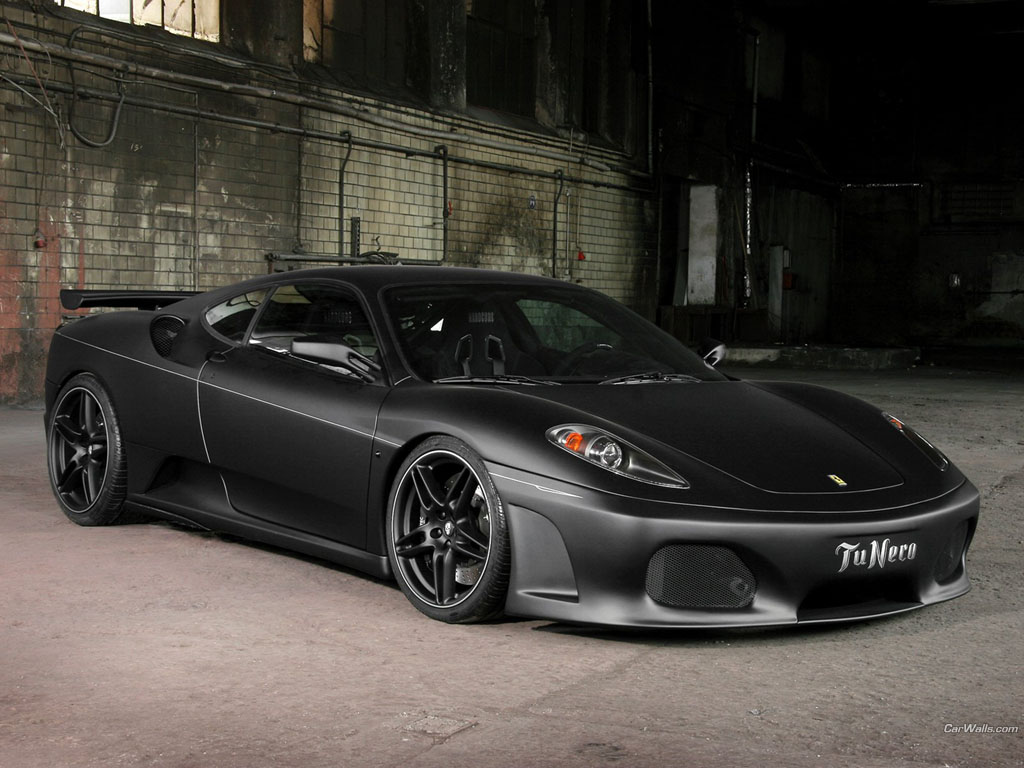



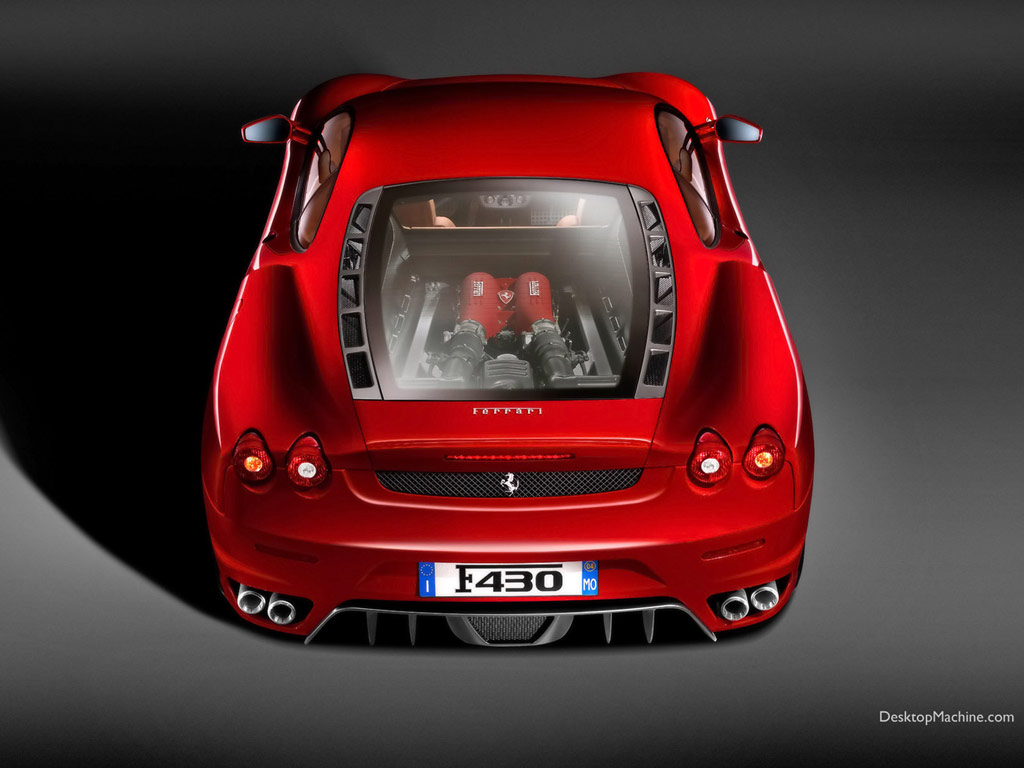




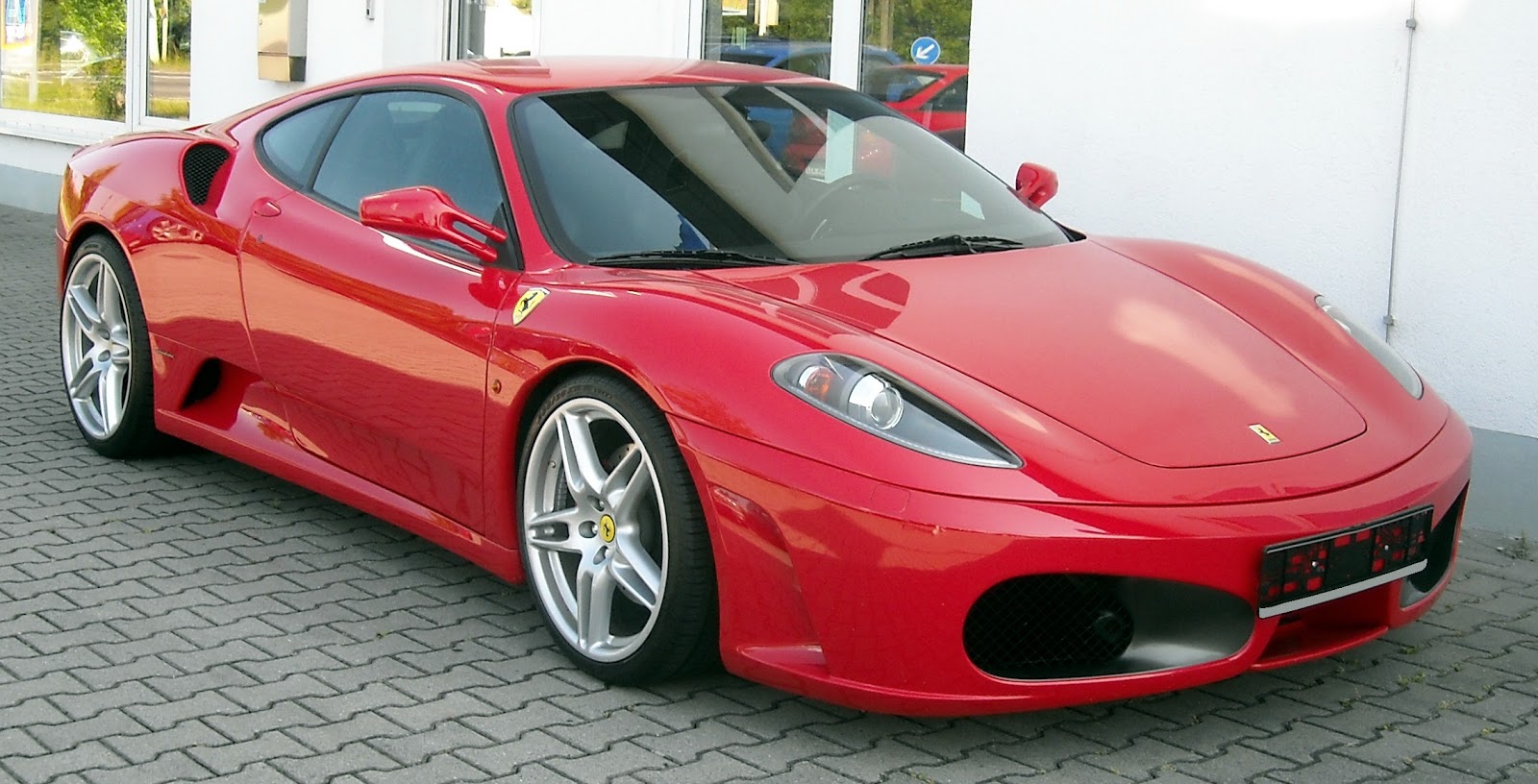

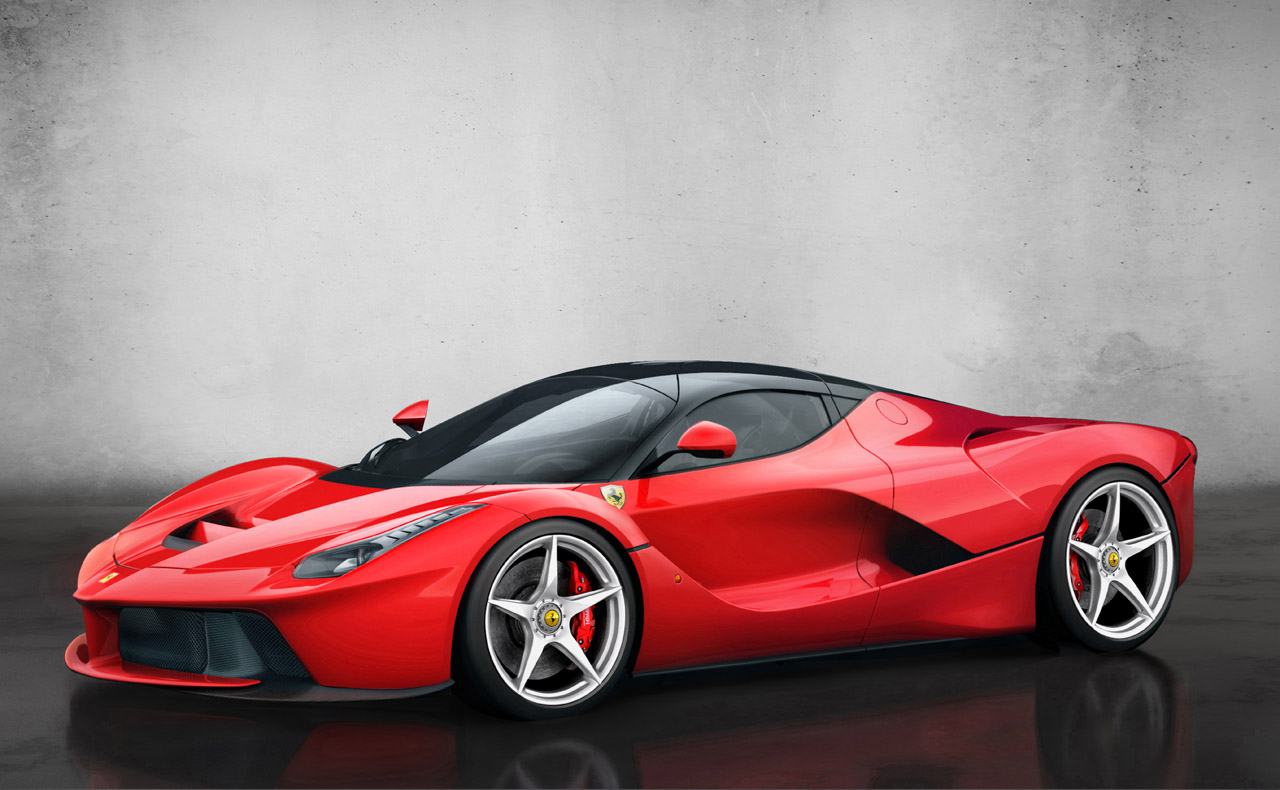



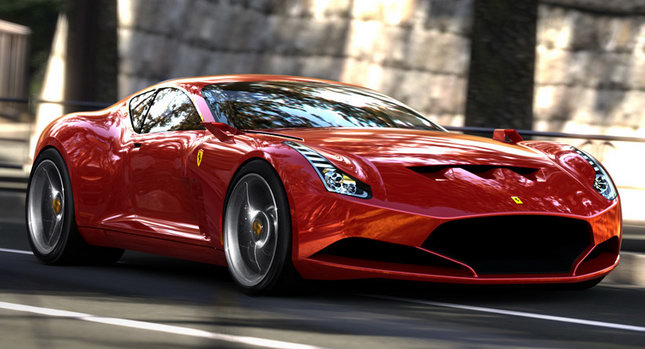


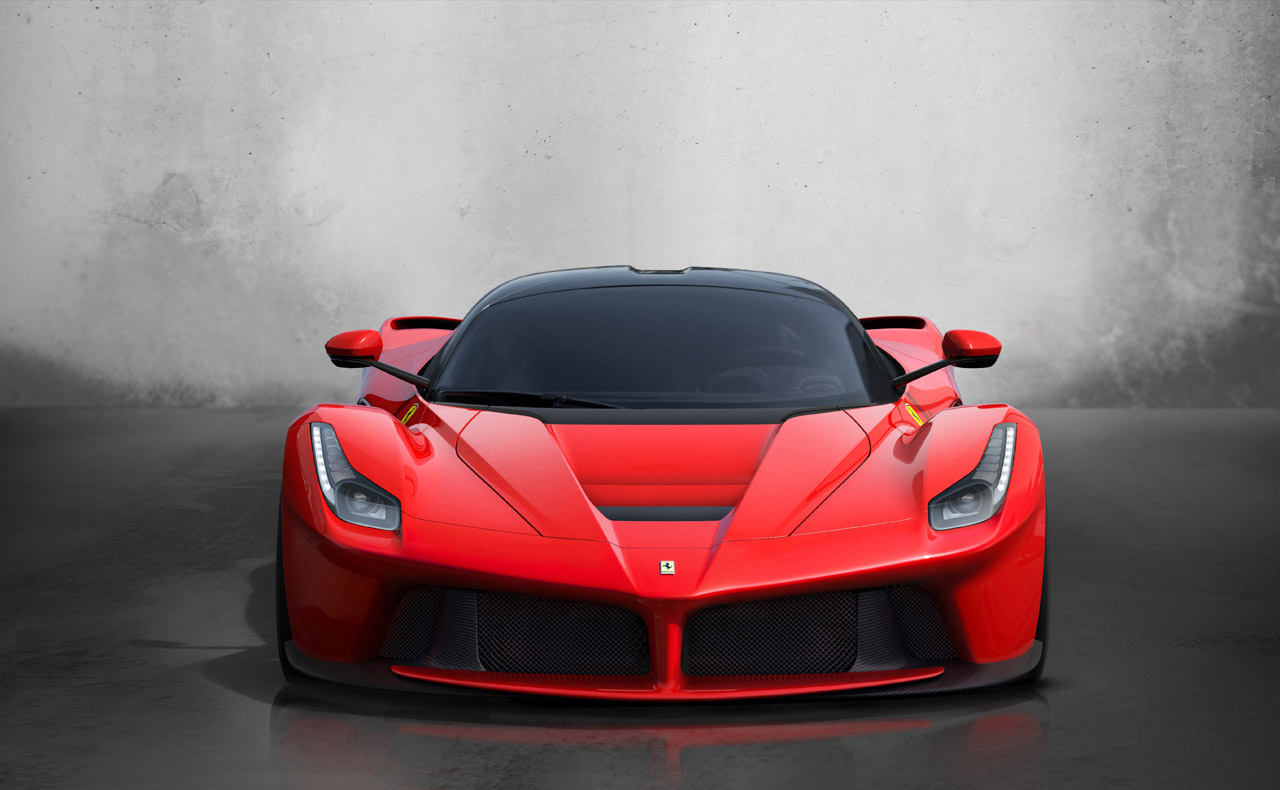








.jpg)






.jpg)
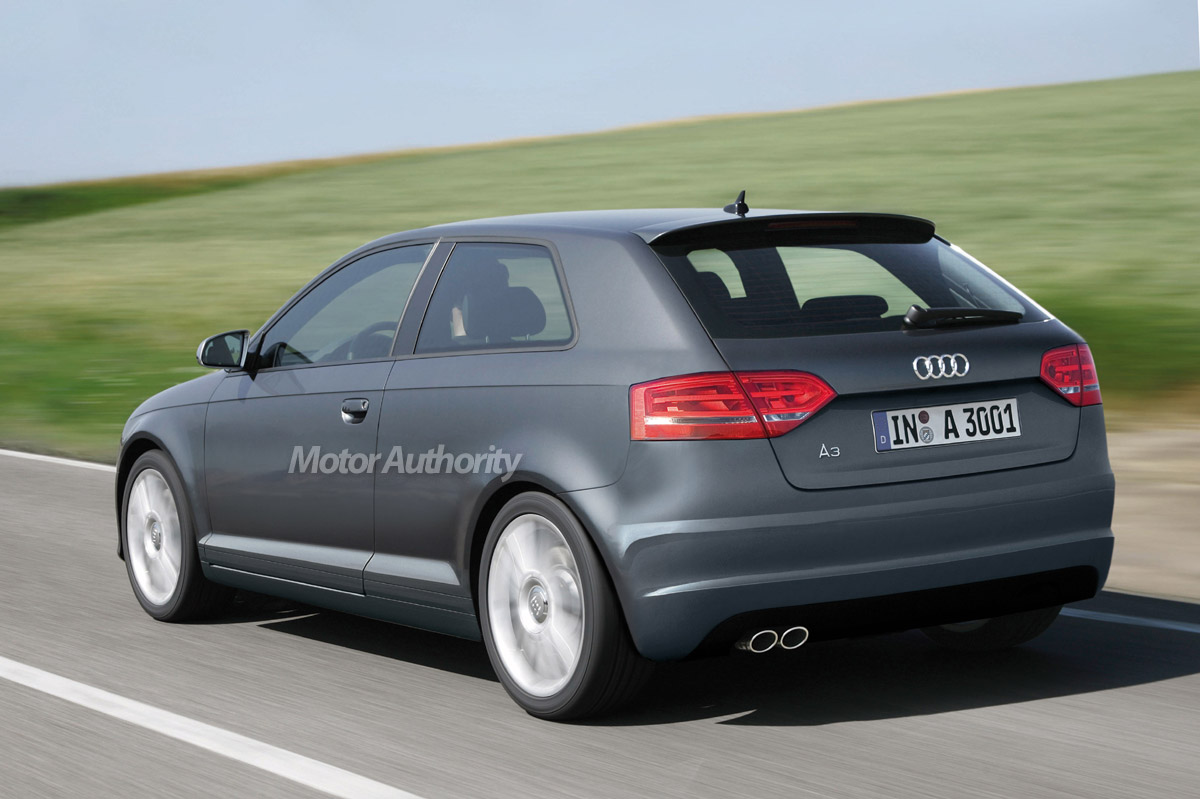

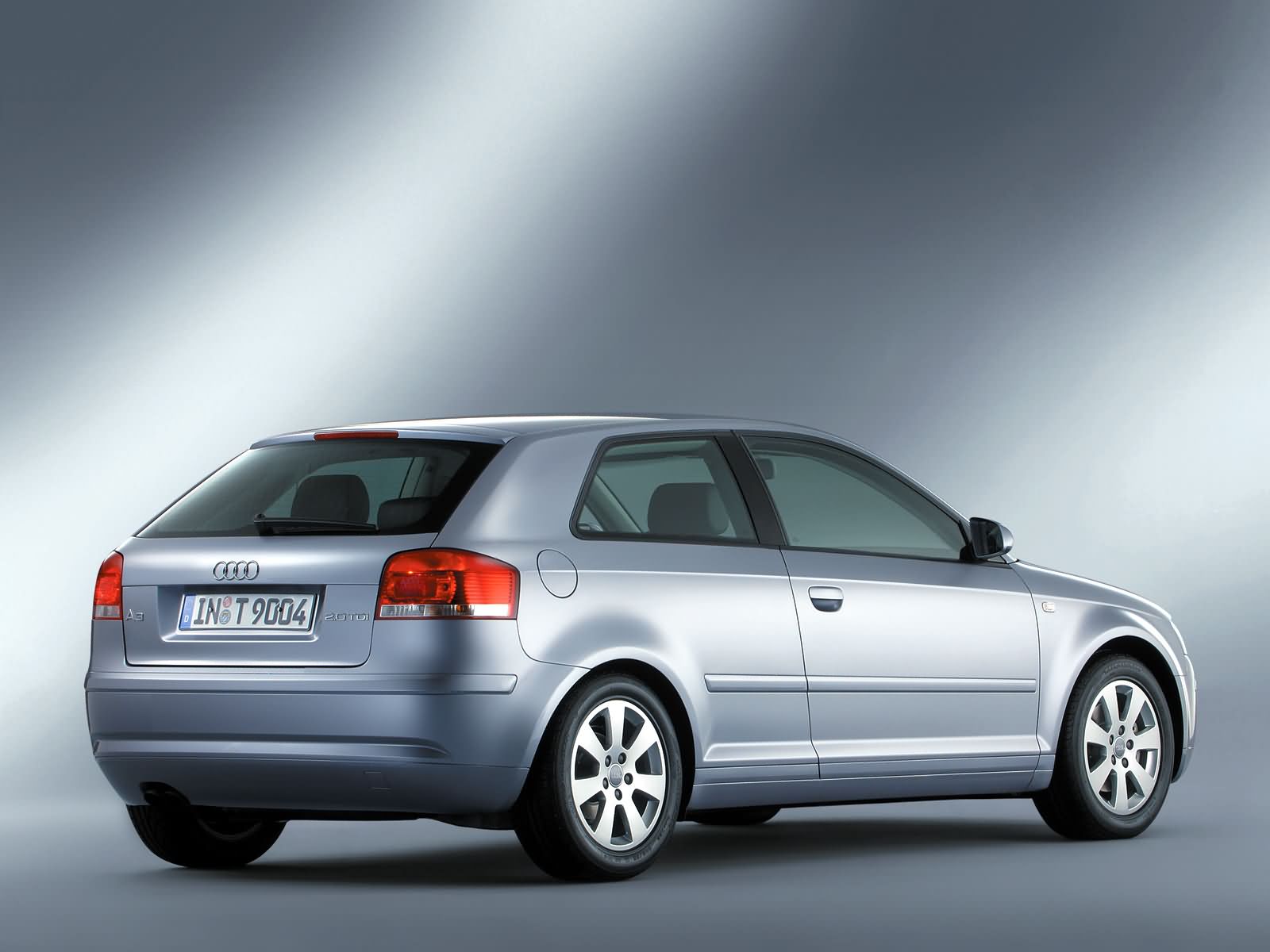
.jpg)
